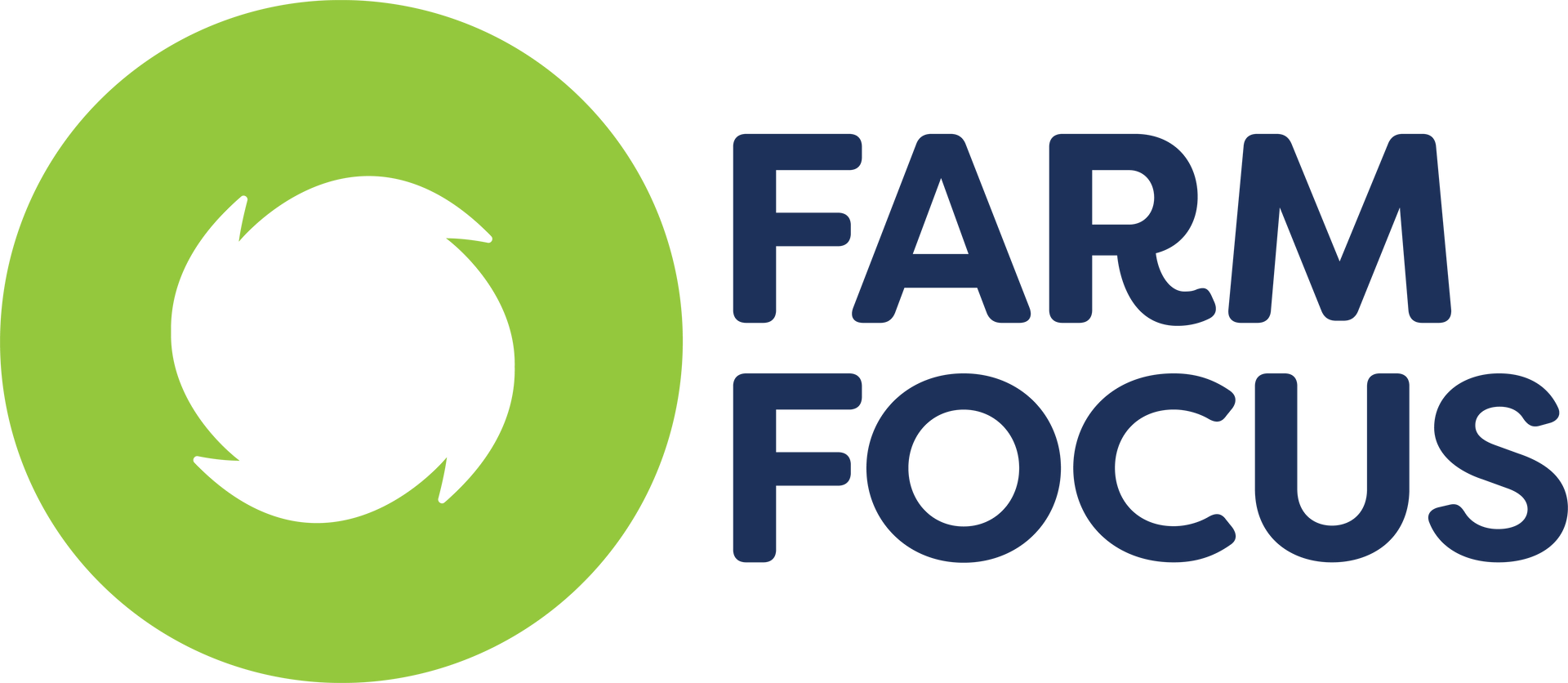Explaining Foreign Investment Funds Rules
If you invest in your own name the key thing to look at is the total value of your overseas share investments. If the total is over $50,000 and they went up in value (including any dividends received) then you may need to pay some extra tax. If they fell in value (including the dividends) then there will be no extra tax.
If you invest via a Family Trust then the $50,000 limit is not relevant. Tax will be paid on the gain in the value of the portfolio regardless of its size and there will be no tax if it fell in value.
There are several levels of complexity with the new tax rules. We have mentioned only the most relevant in relation to your investments.
Key Terms
FIF Rules: Foreign Investment Funds
A FIF is a right in a foreign Company, foreign superannuation scheme or foreign life insurance. This will include Australian unit trusts and UK investments trusts.
Bonds and fixed interest funds are dealt with under the accrual rules.
The following funds are exempt FIF rules:
- PIE funds
- New Zealand shares (imputation credit accounts)
- Australian listed Companies (shares on the All Ords index, Australian resident which have a franking account)
- GPG (5 years), NZIT (2 years)
Funds that do fall under FIF rules are:
(This is only applicable if you held FIF investments at any time in your income tax year that cost in excess of $50,000 NZD (or $100,000 for joint investors - original value NZD), or your investments are held by a “non-natural†person, such as a Company, or Family Trust.)
- Australian Unit Trusts
- OM-IP series funds (FDR calculation permitted)
- LionTamer funds (FDR calculation permitted opening value $1.00 per unit)
- UK listed investment trusts
- Macquarie Gilt Edge Access cash account (CV calculation only, FDR prohibited)
- ING Diversified Yield Fund, ING Regular Income Fund (exempt optional calculation FDR or CV allowed)
PIE: Portfolio Investment Entity
Most New Zealand based fund managers have converted their retail funds into PIE funds. Examples are Private Portfolio Service Master funds (PPS), and ING property Securities Fund.
PIR: Prescribed Investor Tax Rate.
This is your personal tax rate. From 1 October 2010 there here are four rates:
0%, 10.5%, 17.5% and 28% .
Trusts can select a PIR of 28% or 0%. The zero rate may be appropriate where the Trust has beneficiaries on low incomes.
NOTE: For investments in PIE funds held jointly the declared PIR tax rate must be the tax rate of the highest tax paying individual. The PIR rate needs to be the highest tax rate over the previous two years.
FDR Calculation: Fair Dividend Rate
For FIF investments where an individual’s holding is greater than $50,000 the taxable income is calculated as 5% of the opening market value as at 1 April 2007. If the FDR method is used it must be used on the total FIF investments except where funds may have an FDR exemption.
This method should be used if the total value of an offshore shares portfolio (including dividends received) has increased by more than 5% during the tax year.
CV Calculation: Comparative value Method
A CV calculation is used where FDR is not allowed or the CV calculation results in a lower taxable value.
Comparative value = (closing market value + total sales proceeds + dividends received) minus (opening market value + total value of purchases).
This method should be used if the value of an offshore share portfolio has risen by less than 5% (or declined) during the tax year.
If the CV calculation is negative, losses fall to zero. The loss is not deductible. Where a fund is FDR excluded and a CV calculation has to be done eg. ING Diversified Yield Fund then if the CV calculation is negative the loss can be offset against other income and the loss can be carried forward to the next tax year.
Investors who qualify under the FIF Rules
You need to do a FDR or CV calculation if:
- You held FIF investments at any time in the 2008 income year that cost in excess of $50,000 NZD (or $100,000 for joint investors) or;
- Your investments are held by a “non-natural†person, such as a Company, or Family Trust.
We recommend calculating FIF income by both FDR and CV method. If the CV method calculates as negative the income is returned on your statement as nil. If your CV calculation shows a lower assessable income then use CV. If the FDR calculation is lower then use FDR.
NOTE: If you do have investments in ING Diversified Yield fund or ING Regular Income Fund the IRD has deemed these to be exempt funds and allow the CV method to be used to calculate the loss and make it deductible against your other income. This loss can be carried forward.
This summary is provided to shed some light on why the calculation of your investment income is far more difficult than it used to be. The goal of the legislation is to receive more tax. However, the value of overseas investments have not performed as expected or desired over the last few years as a general observation. The tax take from this complicating legislation has not resulted in an increased tax take for the Government.
These reports is general in nature and for your specific investments please seek specific advice.
Hamish Pryde BBS, MInstD, CA (PP)
Director
8 August 2011







